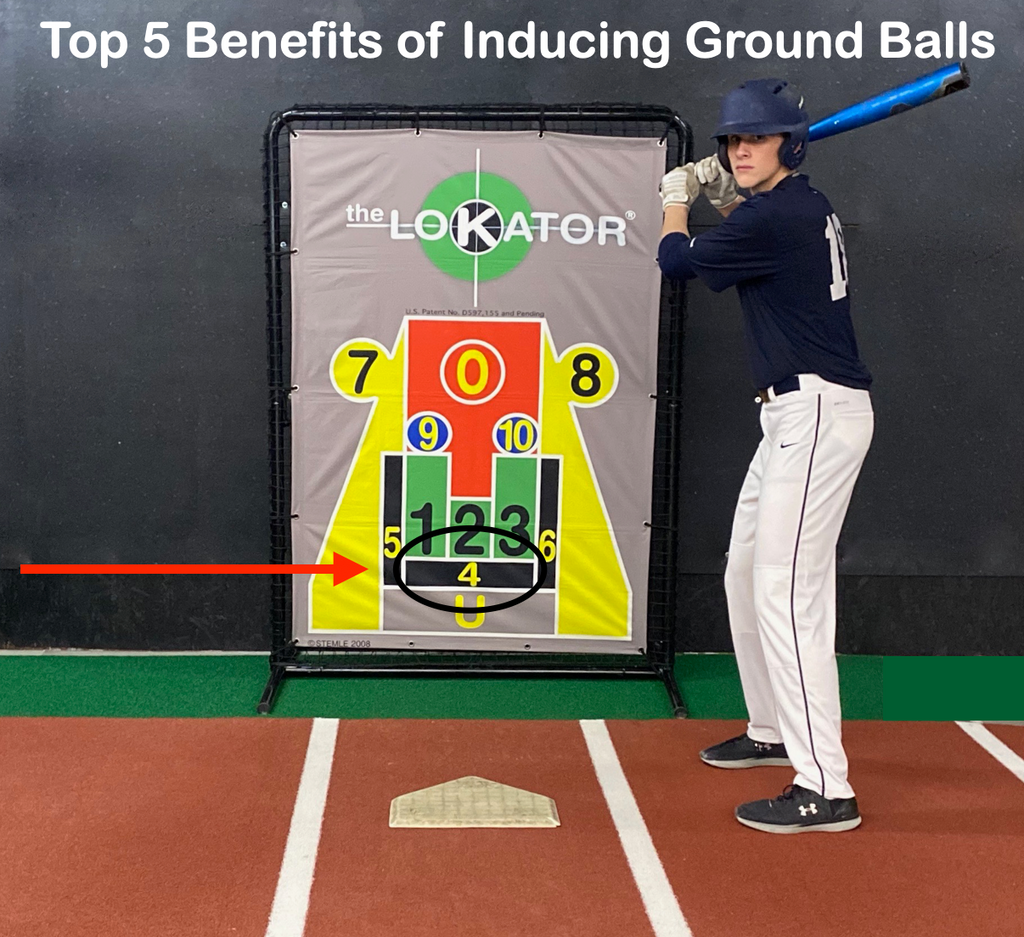As a starting pitcher during my professional career with the St. Louis Cardinals I strived for efficiency, I wanted to save my bullets so to speak. I didn't want hitters to see all of my pitches first time through the line up. I wanted them to put the ball on the ground early in the count so I wouldn't be showing them everything I had during their first at bat.
In my experience, the more pitches a hitter saw from me, the better their timing was, and the more likely they would see a mistake pitch. I got pretty good at getting that grounder and eventually made it to MLB with the Kansas City Royals as a sinker ball pitcher coming out of the bullpen. I wanted to share some reasoning of the why and how I got to the show.
Here are LoKator's top 5 benefits of inducing a ground ball.
- It takes 1 pitch to get an out, resulting in lower pitch counts.
- There are no ground ball home runs, unlikely to be extra base hits.
- It keeps infielders in rhythm, improving defense.
- Most double plays are ground balls.
- Hitters see less pitches with ground balls early in the count.
Now let's take a quick look at the best ways to induce a ground ball.
- Use the bottom edge of the strike zone (Zone 4).
- Get late vertical movement on the pitch.
- Throw two seam fastballs with a downhill plane.
- Throw change ups that travel through low fastball pitch tunnels.
- Master mechanical weight transfer that allows for backspin over sidespin.
I understand that much of the new way of thinking in the big leagues is to throw a straight fastball 100 MPH at the top of the strike zone, then throw a nasty diving breaking ball under the zone to strike everybody out. BUT, for amateur pitchers who what to save their arm, keep defense ready, limit extra base hits, turn double plays, and not show all pitches early, inducing the ground ball will always be a coveted skill!

Leave a comment: